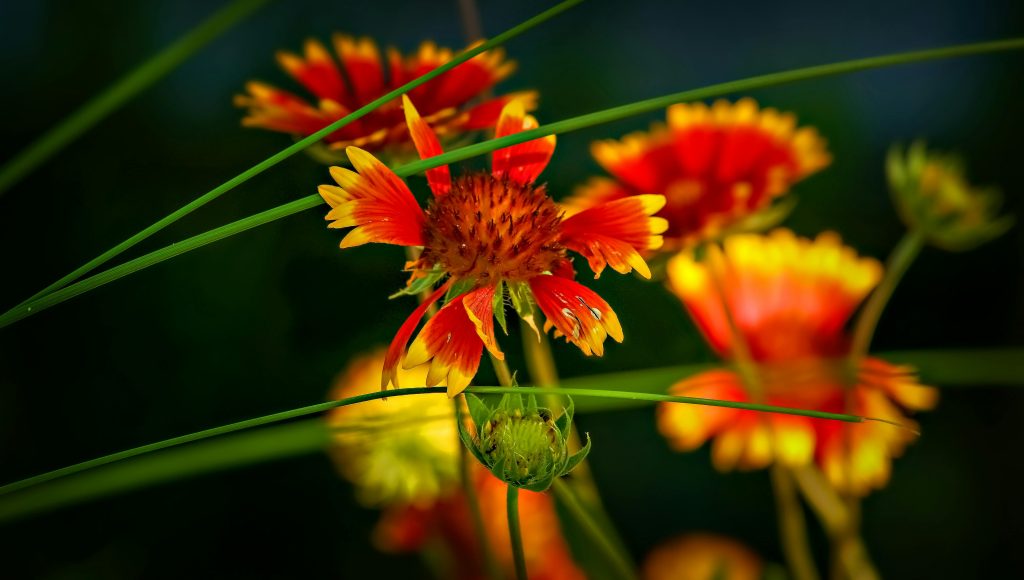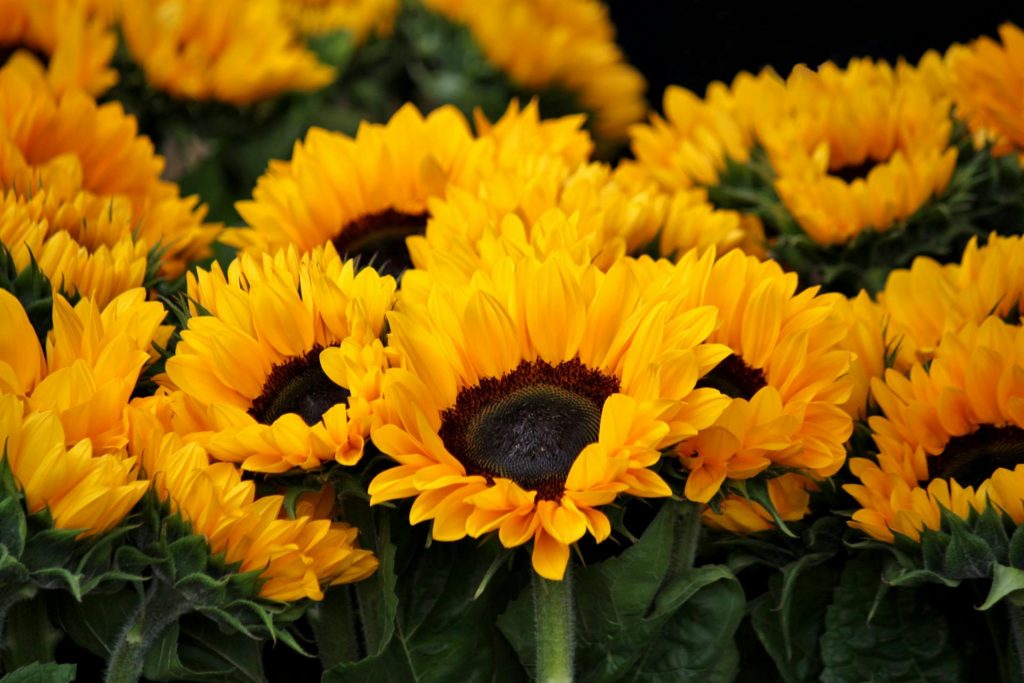Adding plants to your shelves is an easy way to bring life and freshness into your home. Whether you’re new to indoor plants or you’re already a plant enthusiast, styling your shelves with plants can be both fun and rewarding. Here are some pro tips to help you transform your shelves into a stunning display of greenery.
1. Mix Different Types of Plants
When styling shelves with plants, variety is key. Mix plants of different shapes, sizes, and textures to create a dynamic, layered look. Pair tall plants like snake plants or fiddle leaf figs with smaller trailing plants like pothos or ivy. Succulents, ferns, and air plants can also be mixed in for extra interest. The combination of upright and cascading plants adds depth and visual appeal to your shelf styling.
2. Use Different Pots and Containers
Don’t be afraid to get creative with your pots and containers! Mixing materials like ceramic, wicker, metal, or even glass can add personality and texture to your shelf. Consider using vintage or quirky containers to give your plants a unique touch. Just make sure the pot sizes suit the plants. A large plant in a small pot can look cramped, while a tiny plant in a massive pot can seem lost.
3. Play with Heights and Layers
To keep things visually interesting, play with height variation. Place taller plants on the bottom of your shelves and shorter ones on top, or use decorative objects like books or trays to elevate smaller plants. This layering technique adds depth and makes your shelf arrangement look more cohesive. Don’t forget to add a few plants that trail down from the shelves to create a cascading effect!
4. Create a Focal Point
Just like in any design, creating a focal point is essential. Choose one standout plant or pot to draw attention, such as a large monstera or a vibrant ceramic pot. Position it at eye level or the center of your shelf arrangement for maximum impact. Surround it with smaller plants or decorative items to balance out the display.
5. Group Plants Together
Grouping plants together in odd numbers (usually 3, 5, or 7) creates a more natural, curated look. You can also group plants of similar types or colors for a more uniform display. Clustered plants can add a lush, garden-like feel to your shelves, and the overlapping foliage will create a sense of abundance.
6. Incorporate Non-Plant Items
While plants are the stars, you can mix in a few non-plant items to break up the greenery and add personality. Think about incorporating books, candles, decorative trays, or woven baskets. These objects can also provide a sense of scale and balance. Just be sure the non-plant items complement the plants and don’t overwhelm the space.
7. Consider Light Requirements
When arranging your plants on shelves, consider their light requirements. Some plants need bright indirect light, while others can thrive in low light. Make sure your shelves are positioned where your plants will get the proper amount of sunlight. If your shelves are in a darker corner, choose shade-tolerant plants like snake plants or ZZ plants. For brighter spots, go for sun-loving plants like succulents or cacti.
8. Add Personal Touches
Finally, make the shelf styling your own. Whether it’s a collection of vintage plant pots, family heirlooms, or a mix of eclectic knick-knacks, adding personal touches will make the display feel unique and meaningful. The goal is to create a space that reflects your personality and complements your home décor.
Styling your shelves with plants is all about finding the right balance between greenery and décor. By mixing plant types, playing with heights, and adding personal touches, you can easily create a plant-filled display that brings both beauty and life to your space. Happy styling!







